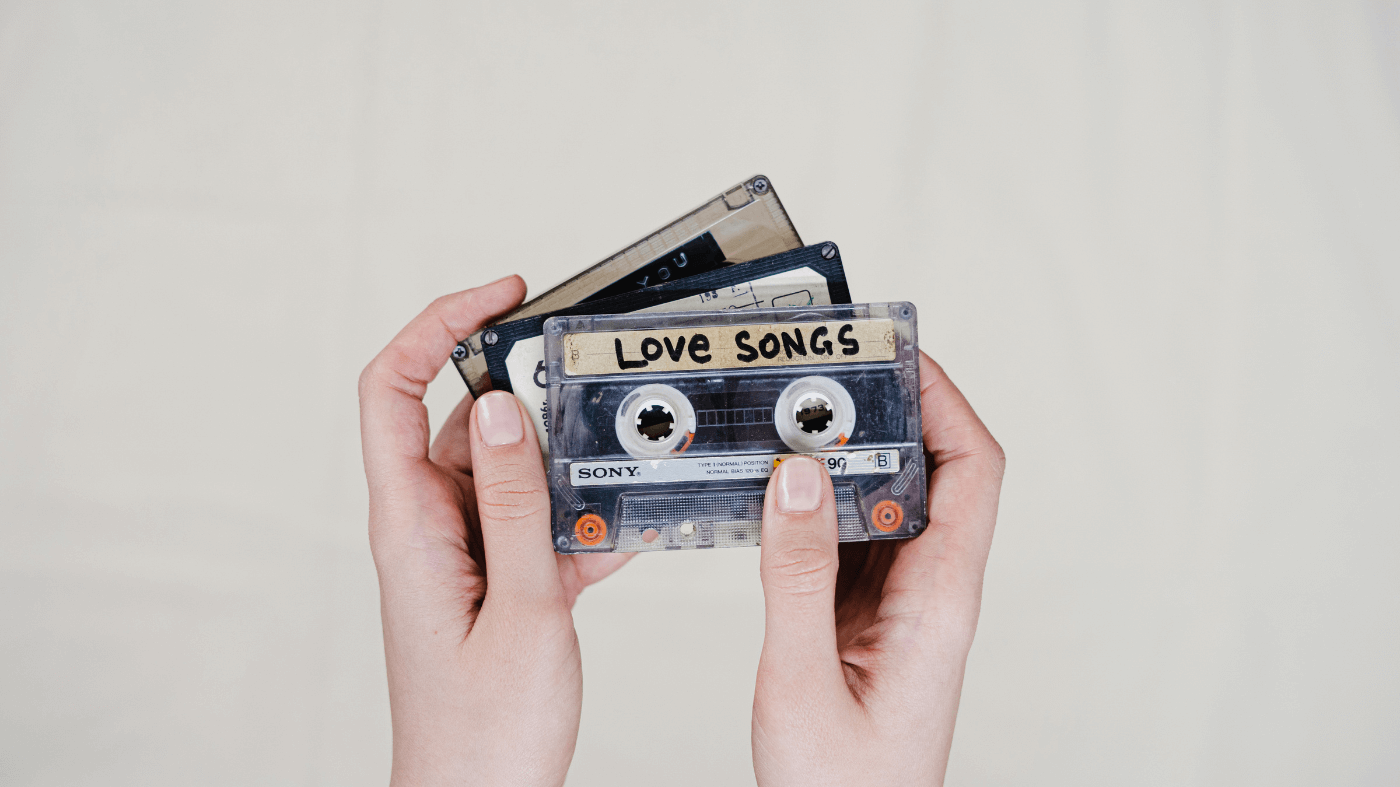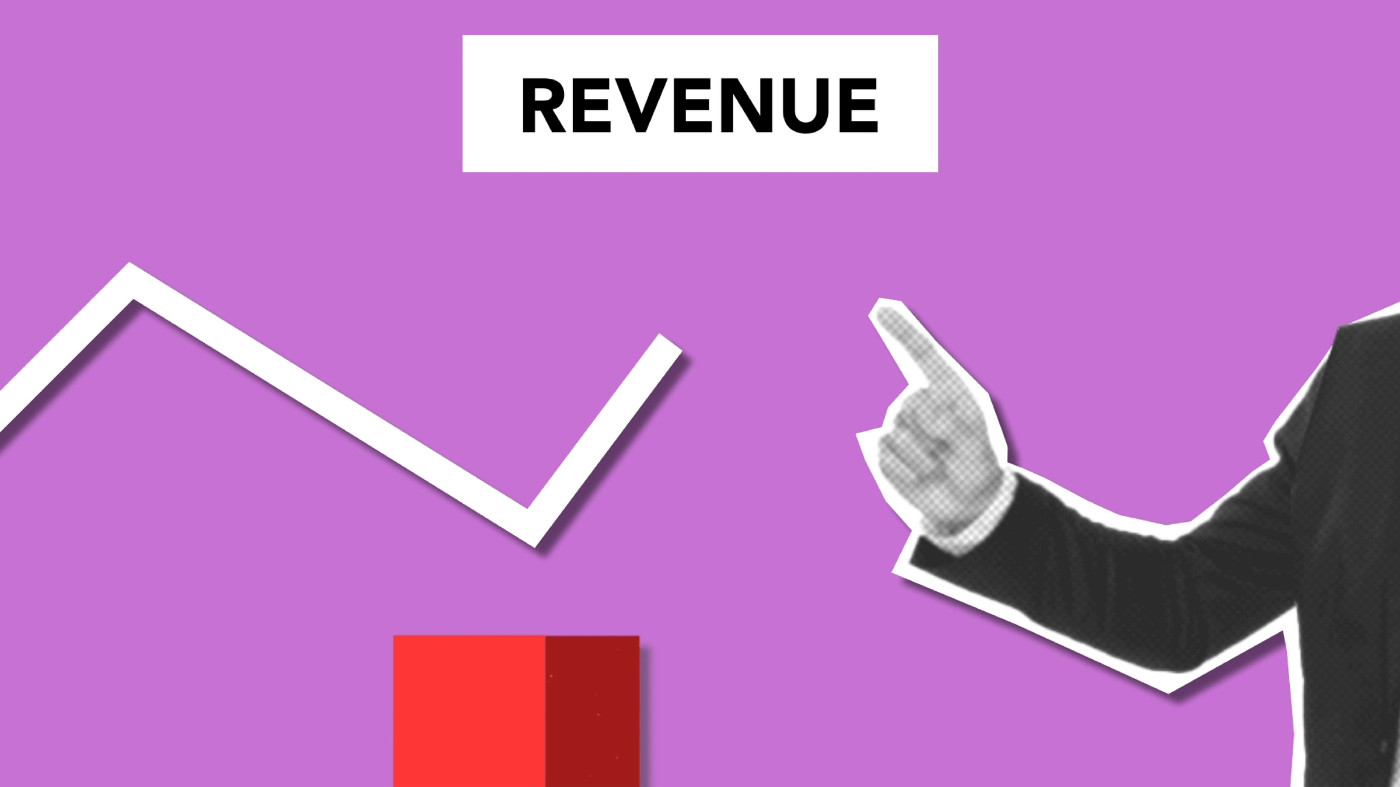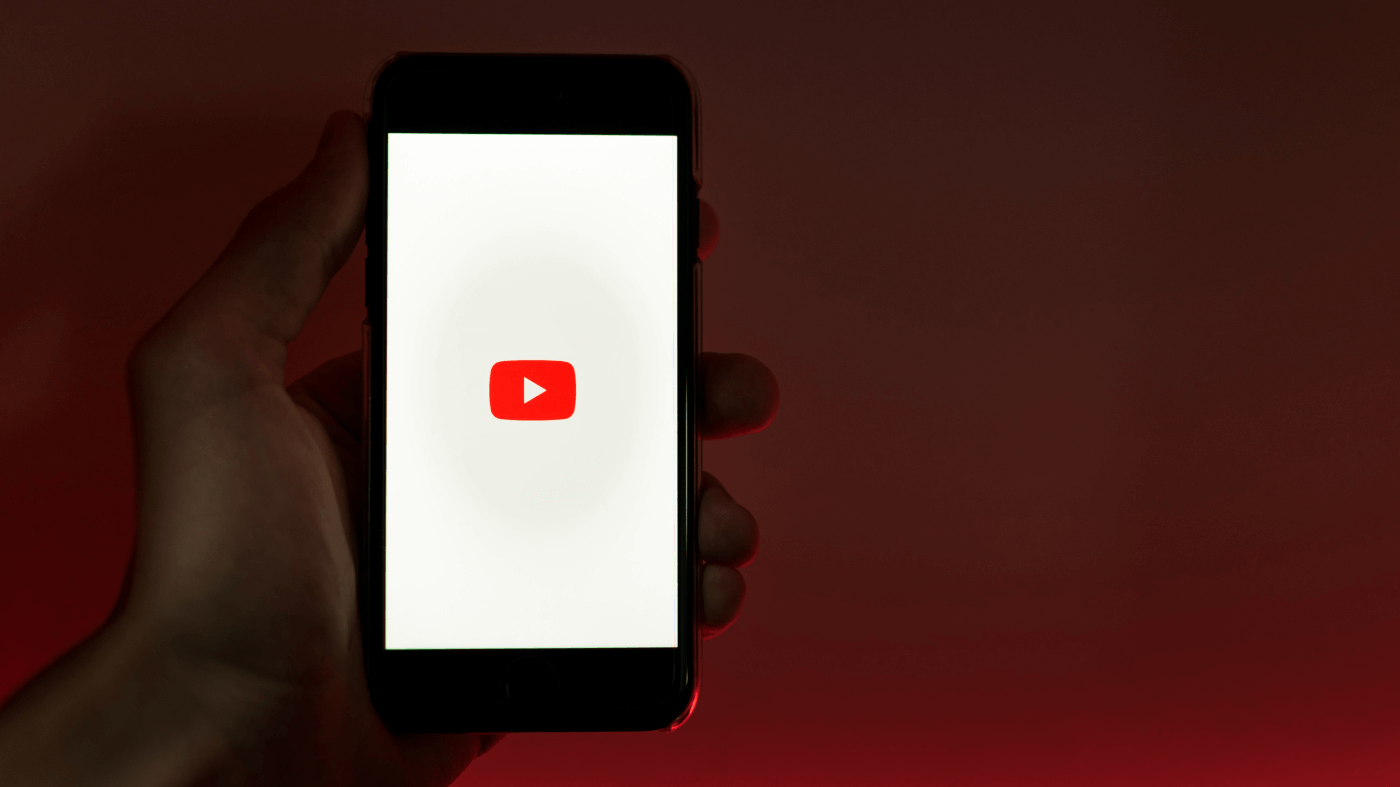Creating the perfect setlist for your live gig can be a challenging task, but with some careful planning and consideration, it's possible to put together a set that will keep your audience engaged and entertained. Here are some tips to help you create the best setlist for your live gig:
-
Know your audience: The music you choose for your setlist should reflect the taste and expectations of your audience. Research the demographic you'll be playing to and make sure your music choices align with what they are likely to enjoy.
-
Consider the venue and timing: The size and atmosphere of the venue can play a big role in determining what music you should play. Consider whether you're playing a large outdoor festival, an intimate club, or a corporate event, and choose music that suits the occasion. Also, think about the timing of your gig - will you be playing during the day or night, and does this affect your choice of music?
-
Mix it up: Your setlist should contain a balance of upbeat, high-energy tracks and slower, more relaxed numbers. This will help to keep your audience engaged throughout the entire performance and will prevent them from getting tired or restless.
-
Start strong, end strong: Your first and last songs are crucial in setting the tone for your gig. You want to start with a track that will grab the audience's attention and get them on their feet, while your final song should be a crowd-pleaser that will leave a lasting impression.
-
Keep it familiar: While it's great to include some of your original music in your setlist, make sure to also include some familiar covers that your audience will recognize and enjoy. This will help to build a connection between you and your audience and create a more relaxed and enjoyable atmosphere.
-
Plan for transitions: Smooth transitions between songs are important for maintaining the flow and energy of your set. Plan out your setlist in advance and make sure you have a clear idea of how you'll move from one song to the next.
-
Be flexible: While it's important to have a well-planned setlist, it's also important to be flexible and adapt to your audience's mood and energy levels. If you sense that your audience is losing interest, be prepared to switch up your setlist and play a different song to re-engage them.
In conclusion, creating the best setlist for your live gig takes time, thought, and planning. By considering your audience, venue, timing, and music choices, you can put together a set that will keep your audience engaged and entertained from start to finish.





